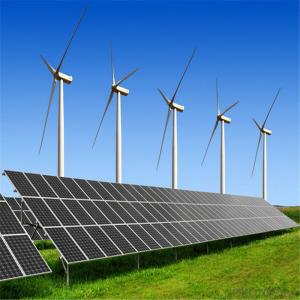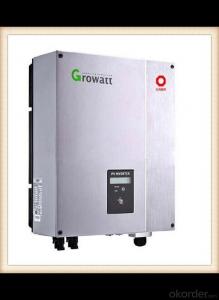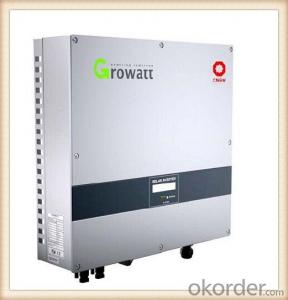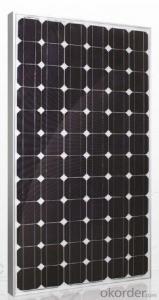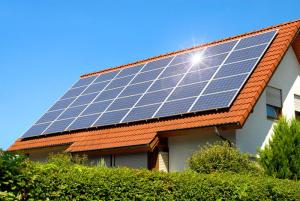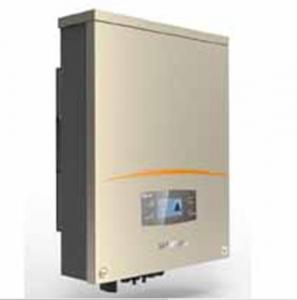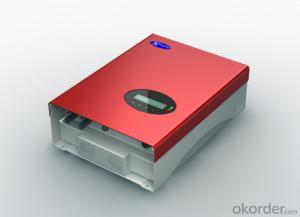Rv Solar Setup With Inverter
Rv Solar Setup With Inverter Related Searches
Best Solar Inverter On Grid On Grid Solar System Inverter 15 Kw On Grid Solar Inverter 3000 Watt Solar Power Inverter Solar Power Inverter 3000 Watt On Grid Solar Inverter 10kw 1kw On Grid Solar Inverter 4kw On Grid Solar Inverter On Grid Inverter Solar On Grid Solar InverterHot Searches
Solar Inverter On Grid Price Grid Tie Solar Inverter Price Solar Grid Tie Inverter Price Solar Grid Inverter Price Solar Inverter Cover Stratco Solar Inverter On/Off Grid Solar Inverter Set Solar Inverter Sizes Solar Inverter Buy Online Inverter Types Solar Solar Inverter Company Solar Inverter Drawing Solar Inverter Trolley Solar Inverter Italy Solar Inverter Shop Solar Compatible Inverter Solar Inverter Business Solar Inverter Taiwan Solar Inverter Upgrade Solar With Inverter PriceRv Solar Setup With Inverter Supplier & Manufacturer from China
Okorder.com is a professional Rv Solar Setup With Inverter supplier & manufacturer, offers integrated one-stop services including real-time quoting and online cargo tracking. We are funded by CNBM Group, a Fortune 500 enterprise and the largest Rv Solar Setup With Inverter firm in China.Hot Products
FAQ
- Yes, a solar inverter can be used in three-phase systems. In fact, three-phase solar inverters are commonly used in commercial and industrial applications where a three-phase power supply is available. These inverters are designed to convert the DC power generated by solar panels into AC power suitable for use in three-phase systems.
- Yes, a solar inverter can be connected to a smart home or monitoring system. This integration allows for real-time monitoring, remote control, and data analysis of the solar energy production and consumption within a smart home or monitoring system.
- Yes, a solar inverter can be used with solar-powered remote sensing systems. A solar inverter is responsible for converting the direct current (DC) produced by solar panels into alternating current (AC) that can be used to power electrical devices. In the case of solar-powered remote sensing systems, the solar inverter plays a crucial role in converting the DC power generated by the solar panels into AC power to operate the sensing equipment. This ensures the efficient utilization of solar energy in powering remote sensing systems.
- To monitor the performance of a solar inverter, you can follow these steps: 1. Install monitoring software: Many solar inverters come with monitoring software that allows you to track their performance. Install the software on a computer or mobile device for easy access. 2. Connect to the inverter: Use the provided cables or wireless connectivity options to establish a connection between the inverter and your monitoring system. Ensure that the connection is secure and stable. 3. Set up the monitoring system: Follow the instructions provided by the manufacturer to set up the monitoring system. This usually involves creating an account, connecting the inverter to your account, and configuring the monitoring settings. 4. Access the monitoring portal: Once your monitoring system is set up, access the manufacturer's monitoring portal either through a web browser or mobile app. Log in to your account using the credentials created during the setup process. 5. Monitor key performance parameters: Within the monitoring portal, you will find various performance parameters such as real-time power output, energy production, and conversion efficiency. Monitor these parameters to assess the overall performance of your solar inverter. 6. Analyze historical data: Most monitoring systems allow you to access historical data, which can help you identify trends and patterns in the inverter's performance over time. Analyze this data to spot any potential issues or variations in performance. 7. Set up alerts: Configure the monitoring system to send you alerts or notifications in case of any abnormalities or underperformance. This will help you address any issues promptly and ensure optimal performance of your solar inverter. Remember to consult the specific user manual or documentation provided by the manufacturer of your solar inverter for detailed instructions on monitoring its performance.
- Yes, a solar inverter can be used in areas with frequent power outages. Solar inverters are designed to convert the direct current (DC) generated by solar panels into alternating current (AC) that can be used to power household appliances and other electrical devices. In areas with frequent power outages, solar inverters with battery backup systems can store excess solar energy, which can be used during power outages to provide electricity. This helps to ensure a continuous power supply even when the grid power is unreliable.
- A solar inverter converts the direct current (DC) generated by solar panels into alternating current (AC) to be used in homes or fed back into the electric grid. In contrast, a regular inverter is typically used to convert DC power from batteries or other sources into AC power for general electrical use. The main difference lies in their purpose and the source of the DC power they convert.
- Yes, solar inverters can be used in areas with high levels of lightning activity. However, it is important to ensure that the solar inverter is properly grounded and installed with appropriate lightning protection measures to minimize the risk of damage caused by lightning strikes.
- Yes, a solar inverter can be used with solar-powered agricultural equipment. A solar inverter is an essential component that converts the direct current (DC) produced by solar panels into alternating current (AC) that can be used to power various electrical devices and machinery, including agricultural equipment. By integrating a solar inverter, solar energy generated by the panels can be efficiently utilized to operate and power agricultural tools and machinery, making it a sustainable and cost-effective solution for farmers.



